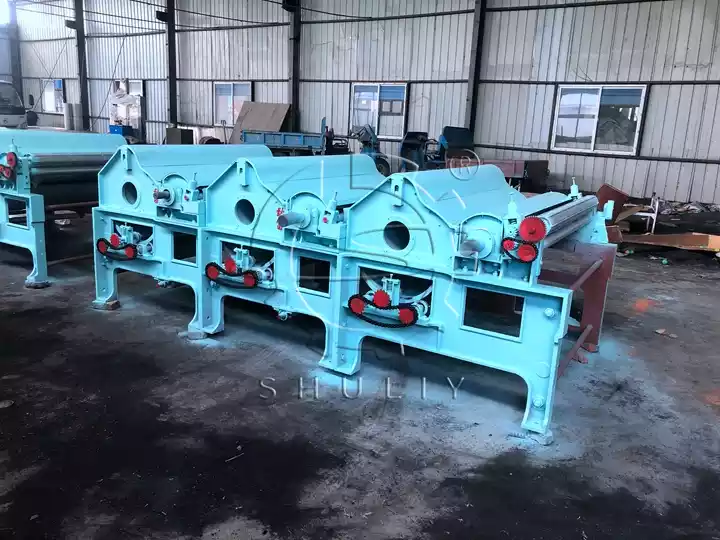패션 산업의 급속한 발전과 함께 폐의류 처리 문제는 점점 더 두드러지고 있습니다. 다량의 의류 폐기물은 환경에 압력을 가하고 많은 매립지를 차지합니다. 이러한 폐기물을 어떻게 효율적으로 처리하는가는 시급히 해결해야 할 세계적인 문제가 되었습니다.
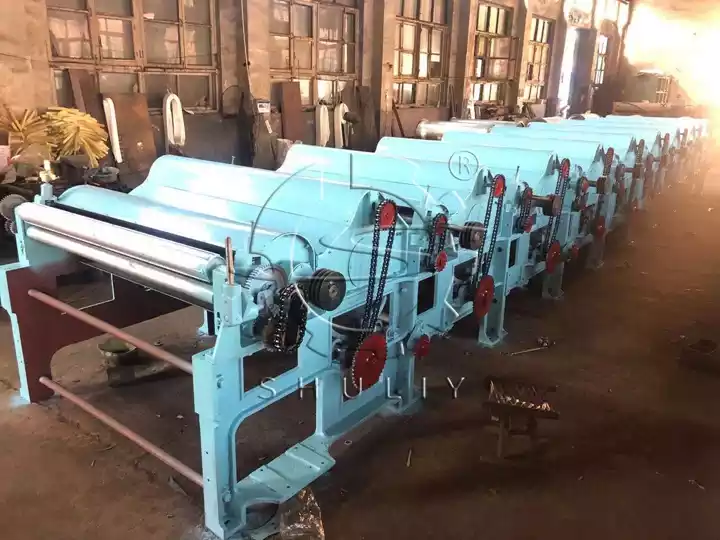
직물 폐기물 재활용 기계에 대한 긴급한 필요성
현 세계의 환경 보호에 대한 우려 속에서 사용된 의류를 폐기하는 지속 가능한 방법을 찾는 것이 업계와 사회의 공통된 관심사가 되었습니다. 섬유 개시기와 클리너는 폐기물 섬유의 재활용을 촉진하는 녹색 도구로 부상했습니다.
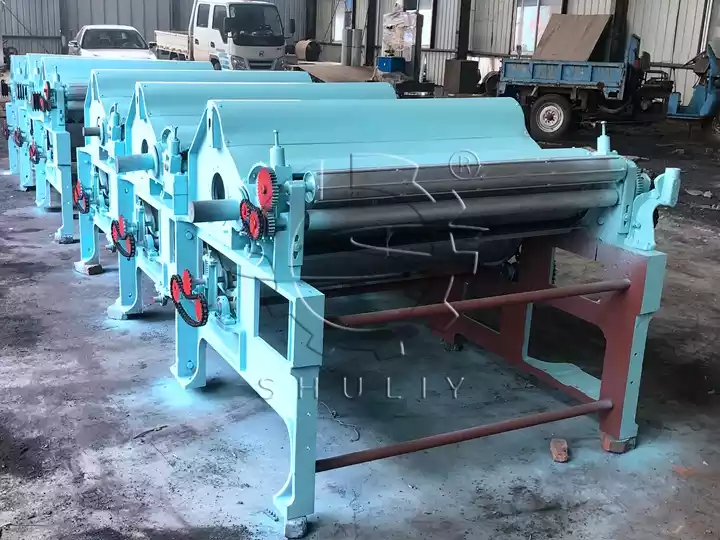
효율적인 의류 세탁
직물 폐기물 재활용 기계는 폐기물 의류의 섬유를 효과적으로 분리할 수 있습니다. 절단, 찢기 및 기타 단계를 통해 혼합된 섬유는 재분해되고, 폐의류에 있는 이물질은 효율적으로 청소되어 후속 처리를 위한 조건을 만듭니다.
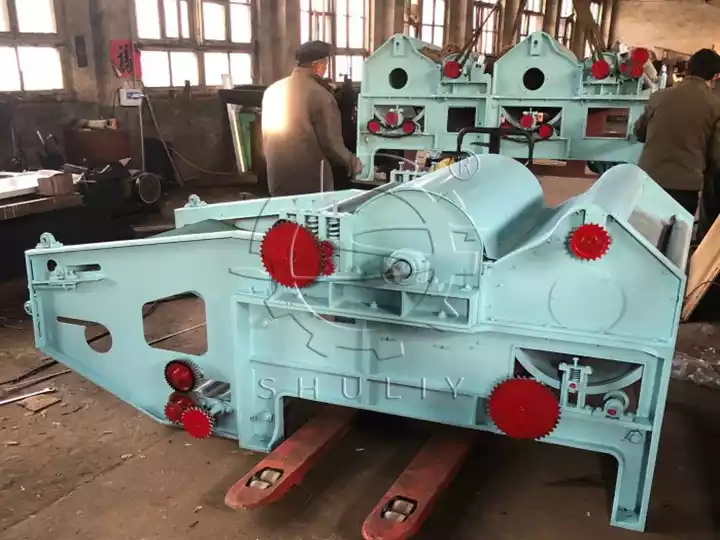
작업 효율이 높고 짧은 시간에 많은 양의 의류 처리를 완료할 수 있으며 에너지 소비가 상대적으로 낮아 지속 가능한 개발의 에너지 절약 개념에 부합합니다.
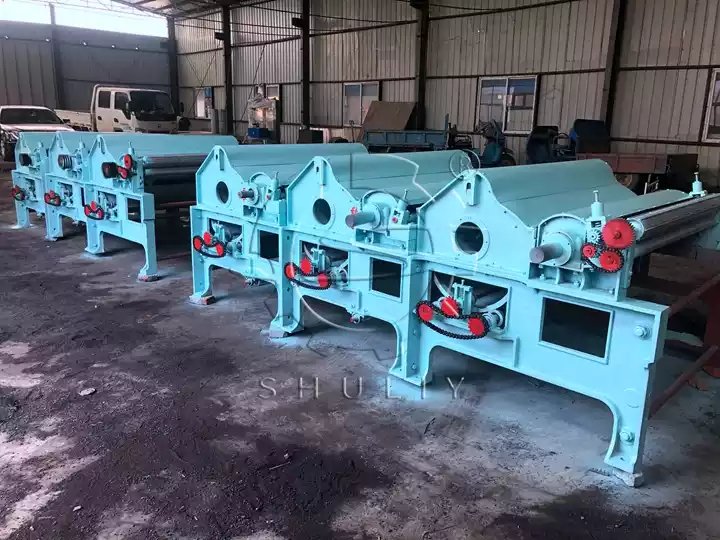
처리된 섬유는 새로운 섬유 제조를 위한 재생원료로 활용될 수 있어 폐의류의 자원재활용을 실현하고 순환경제에 기여합니다.
혁신의 응용 분야
- 섬유 산업: 직물 폐기물 재활용 기계는 새로운 직물 제품 생산을 위해 폐기물 직물을 고품질 재활용 섬유로 전환하여 순수 섬유의 필요성을 줄일 수 있습니다.
- 섬유판 제조: 친환경적이고 고강도의 건축자재, 가구자재를 생산할 수 있습니다.
- 펄프 생산: 폐섬유를 재활용함으로써 천연림에 대한 의존도를 줄이고 펄프산업을 보다 친환경적인 방향으로 육성할 수 있습니다.
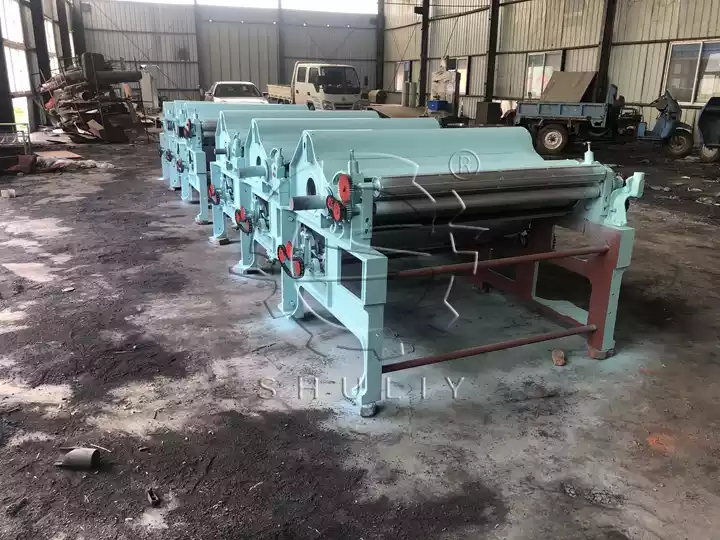
폐원단의 효율적인 재활용 및 재사용을 촉진함으로써 관련 산업의 녹색 발전을 촉진할 뿐만 아니라, 향후 자원 재활용 실현 및 환경적 부담 완화에도 기여합니다.

